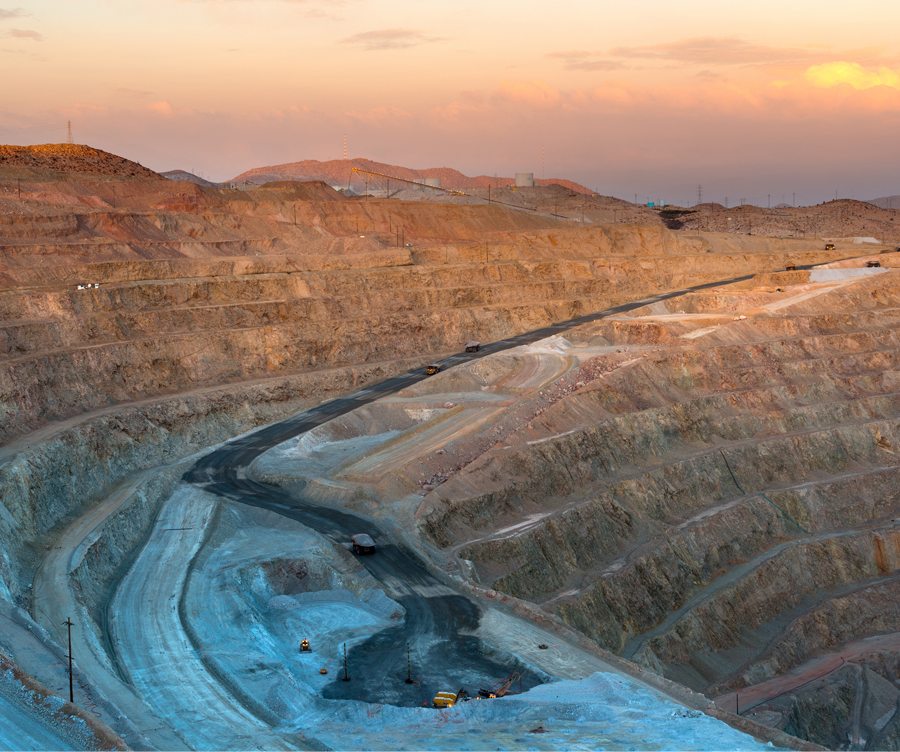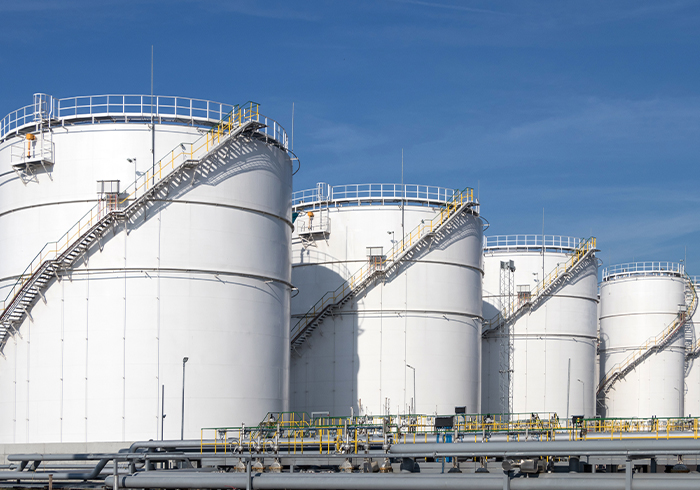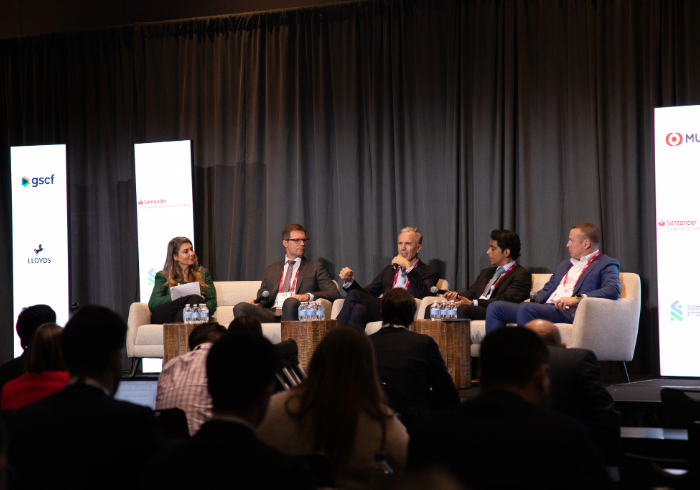Incoming US tariffs on copper imports are likely to result in diversions of trade flows and use of material stockpiled during the first half of this year, analysts have said.
US President Donald Trump announced on July 9 that he intends to introduce a 50% tariff on all imports of copper, starting from August 1, following the long-awaited conclusion of a Department of Commerce investigation into national security risks.
Trump’s previous tariff plans have often been subject to changes and delays following negotiations with trade partners, but the 50% figure is significantly higher than market estimates when the investigation was launched in February.
Florian Grünberger, senior analyst for macroeconomy at Kpler, says that based on current premiums on the CME Group’s Comex exchange, the market appears to be pricing in an eventual levy of 25%.
In an article published on July 16, Grünberger says there is likely to be a short-term uptick in seaborne imports from Peru and Chile, as there is enough time for vessels to unload in the US before the tariffs take effect.
“However, vessels currently lined up to load refined copper from more distant locations such as South Africa and Australia are set for diversion away from the US, toward Europe and China, where stock levels have fallen significantly since early March,” he says.
After the investigation was announced, buyers and commodity traders rapidly scaled up copper imports to the US in order to frontload inventory ahead of the hike in duties.
Kpler says the country has already imported 568kt of refined copper so far this year, just shy of the the 598kt figure for the whole of 2024. The flurry of activity drove Comex copper prices significantly higher than those on the London Metal Exchange (LME).
ING commodities strategists Warren Patterson and Ewa Manthey say the rush of copper to the US is expected to stop once tariffs come in, at which point US buyers “are likely to start working through their inventories”.
“There is now more copper stored in Comex warehouses than there is in the LME and Shanghai Futures Exchange warehouses combined,” they wrote in a July 9 article.
The turbulent market conditions mean several legal issues could arise for companies involved in copper trading, according to law firm Reed Smith.
Companies looking to deliver copper into the US “should ensure their contracts clearly specify which party is responsible for any import duties that may be imposed”, six of the firm’s lawyers say in a July 11 article.
If contracts do not contain a provision relating to tariffs and duties, and do not incorporate Incoterms, there “may be increased scope for dispute”, the firm warns.
Reed Smith adds that delays in transport and logistics – particularly if the rush to scale up imports ahead of the new duties – could mean shipments end up arriving after tariffs come into effect.
In that scenario, it says a buyer may seek to bring a claim against the seller for the additional costs.
In the longer term, Kpler’s Grünberger says existing inventories may be sufficient to meet most of the US’ domestic demand for the rest of the year.
However, US smelting capacity is not currently sufficient to make up for the country’s imports of refined copper, and constructing a smelter from scratch “typically takes a minimum of five years”, he says.
At the same time, demand for copper is expected to increase substantially over the next decade, driven by the expansion of electrification and data centres.
“Overall, the US would likely need additional copper mines and smelters beyond the existing project pipeline to become self-sufficient,” he says. “And even then, self-sufficiency would not be achievable before the next decade.”
Meanwhile, the wider impact of earlier Trump tariffs on other metals is becoming clearer.
Mining giant Rio Tinto announced on July 16 it incurred around US$300mn in costs as a result of tariffs on aluminium imports from Canada.
It said 25% tariffs in Q1 this year were largely compensated by premiums paid on deliveries to the US Midwest region, but that these fees are not compensating for the 50% tariff introduced last month.
Steel is also subject to a 50% levy. Industry groups say the European market has now been “flooded by the steel the US is no longer absorbing”.
This situation is exacerbated by overcapacity in the global steel market, largely because of underpriced exports from China, says the European Steel Association.
“This glut is destroying entire value chains, undermining industrial resilience, defence capabilities and the green transition,” says the organisation’s president Henrik Adam.








